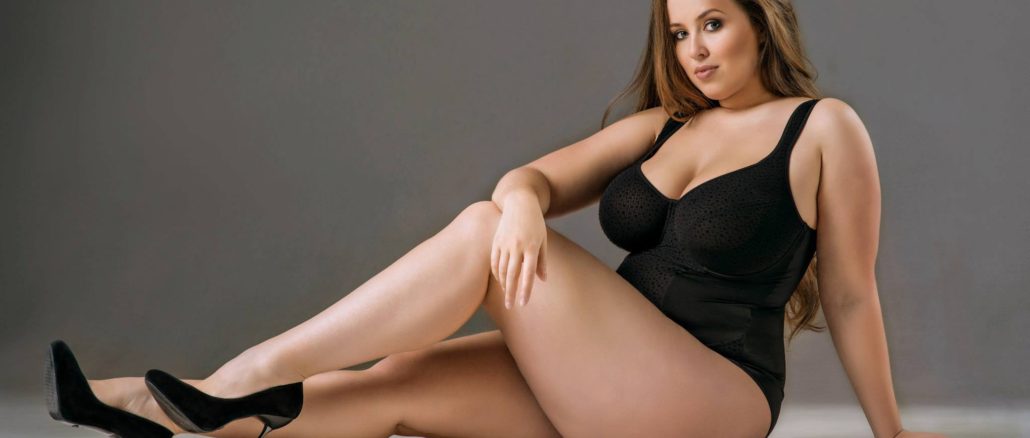
World renowned modelling agency MiLK London recently signed Tess Holliday, the world’s biggest ever plus-size model. The 29-year-old Mississippi native stands at five-foot-five and is a US dress size 22 (or UK 24). She is the creator of the online campaign #EffYourBeautyStandards, which showcases the beauty of women no matter what shape or size they are, and has taken the beauty industry by storm.
Tess has been described as an ‘inspiration’ and perceived as a positive body image advocate ever since she hit the headlines in January. Speaking to the New York Times following her signing, she said: “I feel like its breaking ground. This is a milestone. I never could have imagined that I could be here.”
But this begs the question – is the signing of a size 22 model really breaking ground? Or is it simply replacing the promotion of one unhealthy body ideal with another?
“I think we’re the only agency with a model of her size. She is by far the largest model I have in the Curves division,” Anna Shillinglaw, said owner and director of MiLk Model Management. And the reason for this is probably because Tess’ size is not normal.
Size zero models are slammed on a daily basis for being too thin, and are regularly accused of being anorexic or bulimic because of the way they look. Being a size zero is far from the norm and certainly isn’t the picture of health. It most definitely should not be projected onto people – women in particular – as the perfect figure. However, being a size 22 is also not normal, and is equally as problematic as being too skinny.
We all know that being underweight can have some serious effects on your health. It can weaken your immune system, derail the absorption of vital nutrients and vitamins into the body, play havoc with your hormones and even cause hair loss. Some may argue that being too big is a healthier equivalent to being too thin, but this is not the case.
Visceral fat is fat that is stored within the abdominal cavity and surrounds a number of important organs such as the pancreas, liver and intestines. Too much visceral fat is potentially dangerous to the body, as it can cause insulin resistance – leading to glucose intolerance and type 2 diabetes. It also increases the risk of heart disease, breast and colorectal cancer and Alzheimer’s disease.
According to experts, the average person’s total body fat is made up by 10 per cent visceral fat. Therefore, the bigger your waistline the higher the percentage of visceral fat you carry, thus the more at risk you are to a number of different health complications.
Just like unnaturally waif thin models are promoting a negative image, obese ‘plus-size’ models such as Ms Holliday are also glamorizing an unhealthy weight.
Not wanting to jump on the ‘obesity is terrible’ bandwagon, but it is a growing epidemic, particularly among children and young people. In 2014, studies showed that 26.5 per cent of Irish females and 16 per cent of Irish males under the age of 20 are obese. Worldwide, childhood obesity has grown by 47 per cent since 1980.
We blame the advertising industry for pushing unrealistic ideals on the younger generation in the form of skeletal models, causing them to go to extreme lengths in order to achieve this look. But if seriously overweight models also become a normal occurrence in the world of fashion, are we not essentially forcing another unrealistic ideal upon them? Neither ideal is desirable, and neither should be revered.
Modelling agencies and the advertising industry need to focus on promoting a healthy medium, and celebrate models who are of a normal and maintainable weight for their height, age and gender. It shouldn’t be a case of somebody being ‘too short’ or ‘not thin enough’ to model, as long as they are healthy and confident in who they are, therefore promoting a sense of positive body image.
I agree wholeheartedly that everybody is beautiful in their own way, and that looks and weight in no way define a human being. But we can’t skinny shame models like Cara Delevingne while showering models such as Tess Holliday with adoration. Neither woman’s size can be deemed as regular or the norm, and neither deserve to be ridiculed for it either.
Everybody should love who they are, but everybody also owes it to themselves to be the happiest and healthiest version of themselves that they can possibly be.
By Jade O’Leary




Leave a Reply